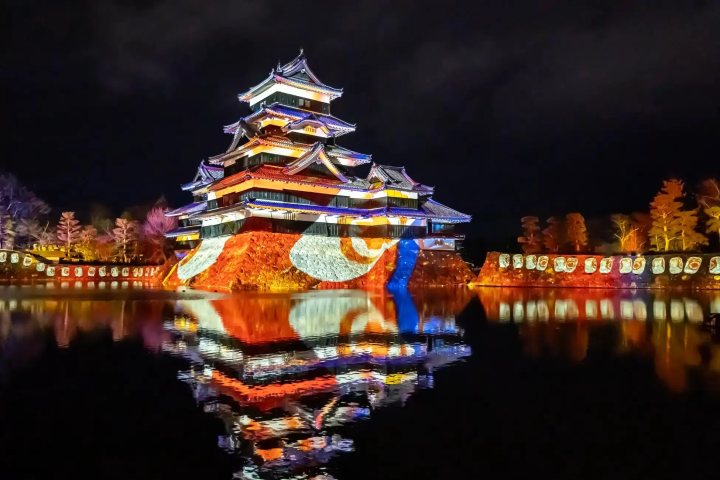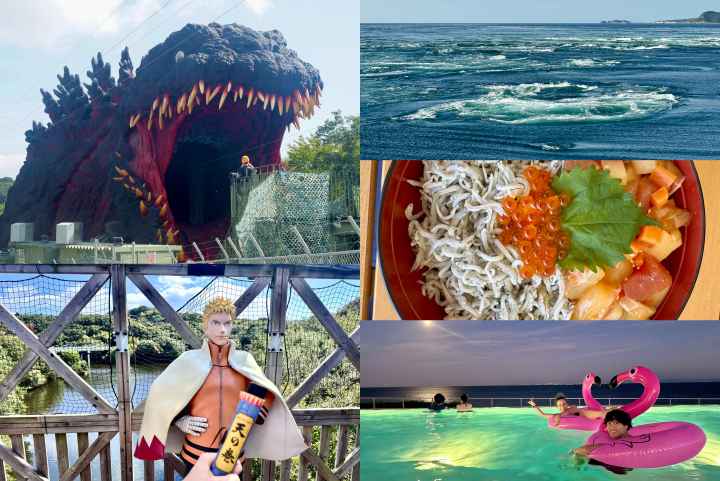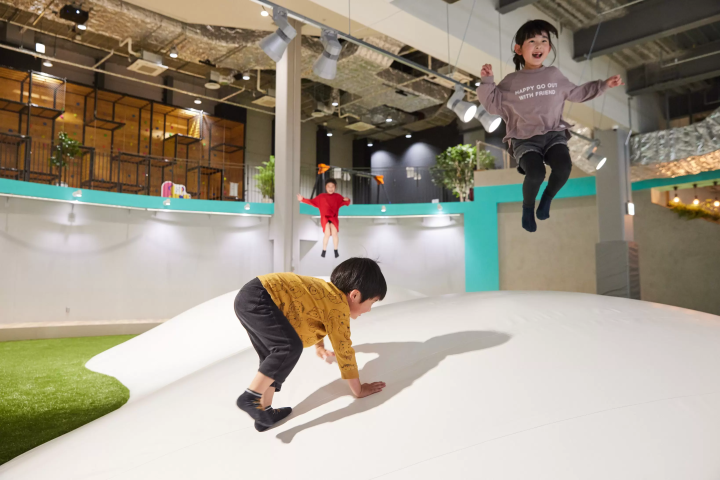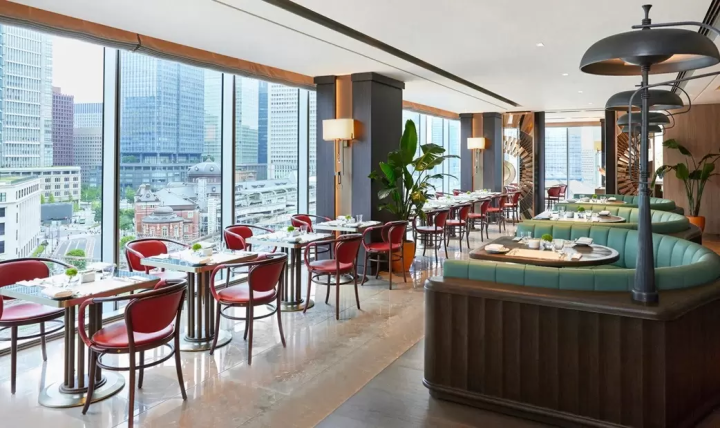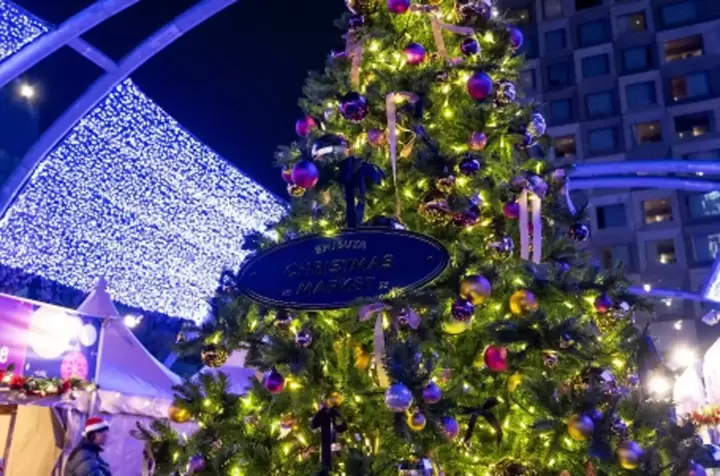Omiwa Jinja: A Shrine That Worhips Mt. Miwa, Where The Deity Resides

Omiwa Jinja, located in Sakurai, Nara, is one of the oldest shrines in Japan, and famous for the worship of Mt. Miwa, where the deity resides.
The Haiden
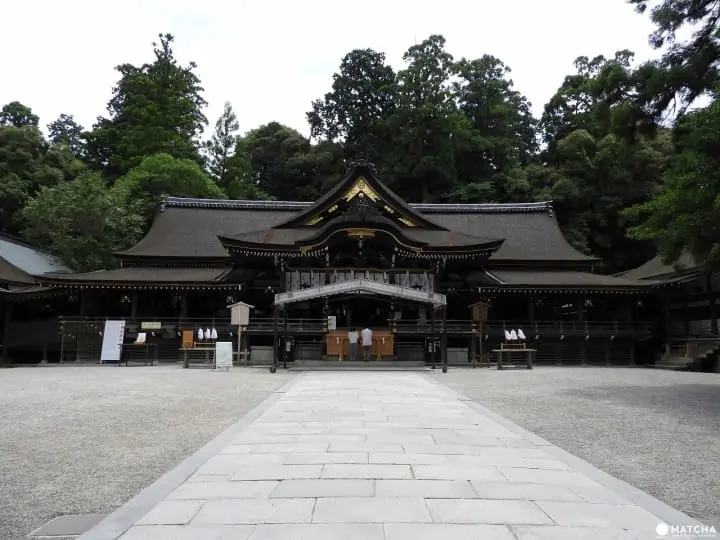
The original haiden is said to have been built in the Kamakura Period (1185 - 1333), but the current building was rebuilt in 1664, by the shogun of the time, Tokugawa Ietsuna.
The roof is designed like a mountain, in the style of kiruzuma-zukuri, and made from hinoki (Japanese cypress) bark. Visitors can observe the beautiful kara hafu (an undulating gable) in the front of the building.
Beyond the haiden, three torii gates are lined up. This is the mitsu-torii, a place to worship Miwayama.
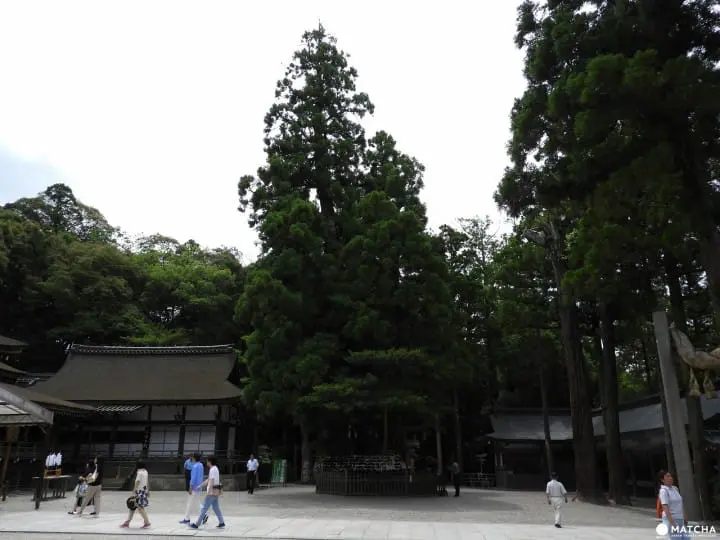
A huge sugi (Japanese cedar) tree, which is said to be 500 years old, stands in front of the haiden. This is called the mi no kamisugi.
"Mi" is the Japanese word for snake, and a white snake, one of the embodiments of Omononushi no Okami, is believed to inhabit this tree.
It is said that snakes prefer eggs, so there are egg offerings all over the grounds.
The Bronze Rabbit: A Stroke of Good Fortune

An adorable bronze statue of a rabbit sits at the vestibule of the sanshuden (a gathering place), located by the haiden. The belief goes that if you stroke this rabbit, it will cure your pains.
The rabbit is also believed to bring good fortune, so it always looks polished as many visitors come to stroke the statue.
Recommended Spots
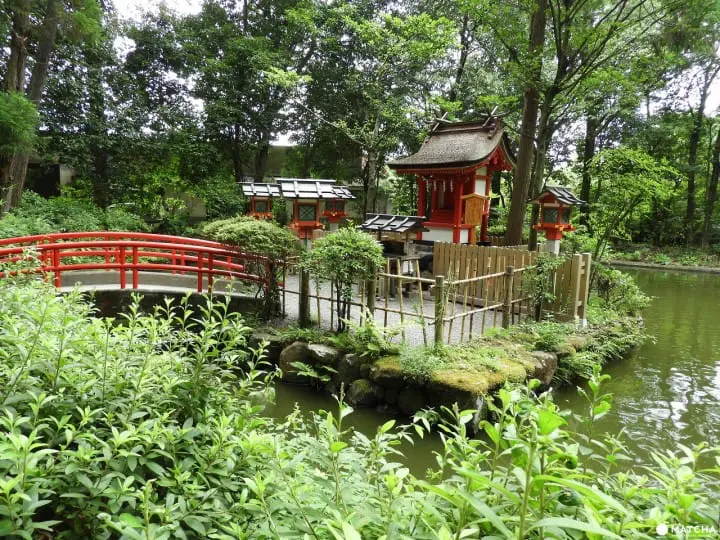
Ichikishimahime Jinja worships Ichikishimahime no Mikoto, a guardian of water. Ichikishimahime no Mikoto is also enshrined at Itsukushima Shrine in Hiroshima, which is registered as a World Heritage Site.
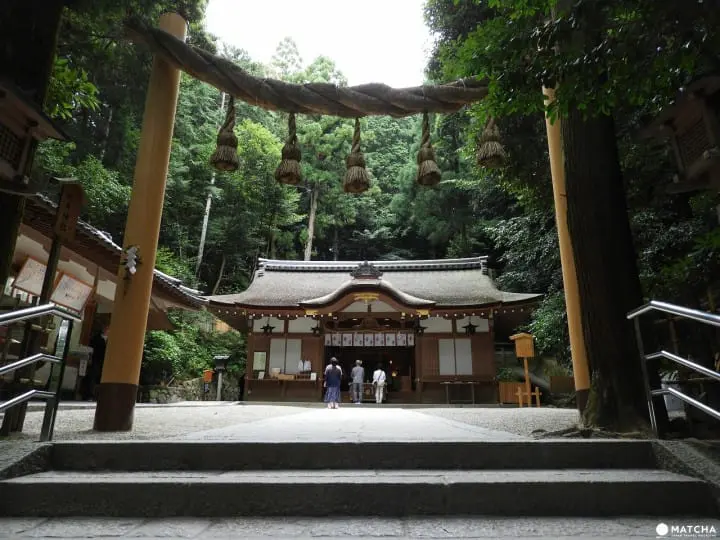
Sai Jinja is known for the water well nearby.
"Sa" in Sai means sacred, and "i" means water well. The water from the well, which is the namesake of this shrine, is said to have powers to cure diseases.
People from all over Japan visit this shrine to take the water back home with them.
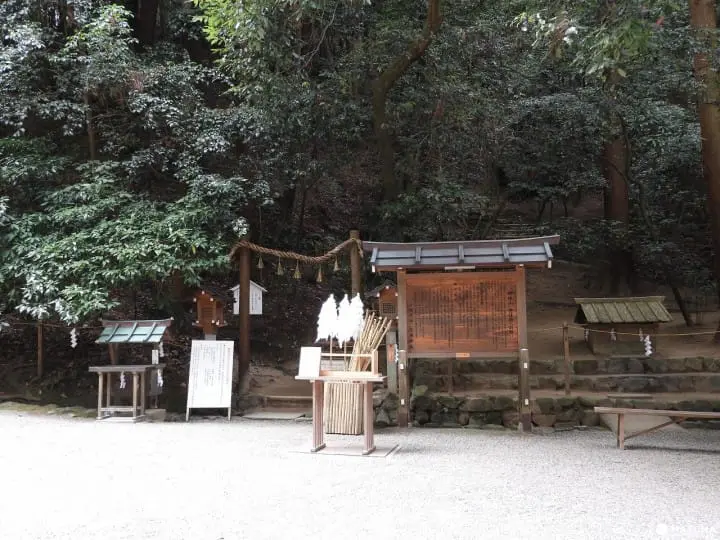
Visitors can climb Miwayama to worship the deity. This is called Miwayama Tohai, and since this act is not an ordinary trek, the climbing is restricted, and must be approved by Sai Jinja.
Visitors from abroad must be able to understand basic Japanese, or come with a Japanese friend.
Miwayama is 467 meters above sea level. Although it is not so high, the path is steep, so those who wish to climb should come well prepared - roundtrip, this climb will take about two to three hours.
Registration at Sai Jinja
Time 9:00 - 14:00
The last climbers must report back to Sai Jinja no later than 16:00.
Admission Fee 300 yen
Climbing is not allowed on January 1st to 3rd, February 17th, April 9th and 18th, October 24th and November 23rd.
Basic Information
Although there are no strict visiting hours, it may be best to visit the shrine during 9:00 and 17:00, when the prayer meetings are held.
There is no admission fee at the shrine. The admission fee to the repository is 200 yen, which is open on weekends, national holidays and the first day of the month.
Omiwa Festival
Omiwa Shrine hosts the Omiwa Festival, which has a history dating back more than two thousand years. The festival is held in spring, from April 8th to 10th, and in autumn, from October 23rd to 25th.
During the festival, a kagura dance is performed by the miko (shrine maiden) as a religious offering. In spring, there is a procession of people wearing ancient garments along with a mikoshi (portable shrine), and a performance of Noh, a traditional art. The autumn festival has a taiko (Japanese drum) performance, and a procession of children carrying the mikoshi.
Access to Omiwa Shrine
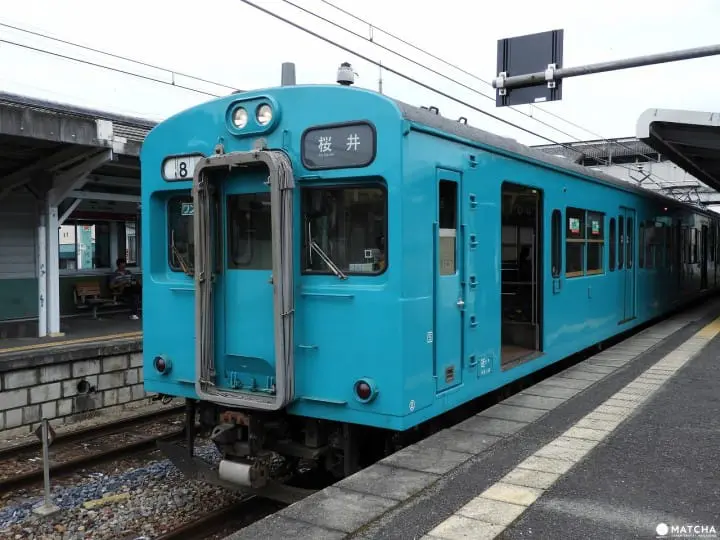
From Osaka or Kyoto, head for JR Nara Station. From Osaka Station, it takes an hour on the JR Yamatoji rapid train. It will take an hour and ten minutes on the JR Nara Line from Kyoto Station.
From JR Nara Station, it is a thirty minute ride on the JR Sakurai Line to Miwa Station. The shrine is located a five minute walk from Miwa Station.
The fare is 970 yen from Osaka, and 1140 yen from Kyoto.
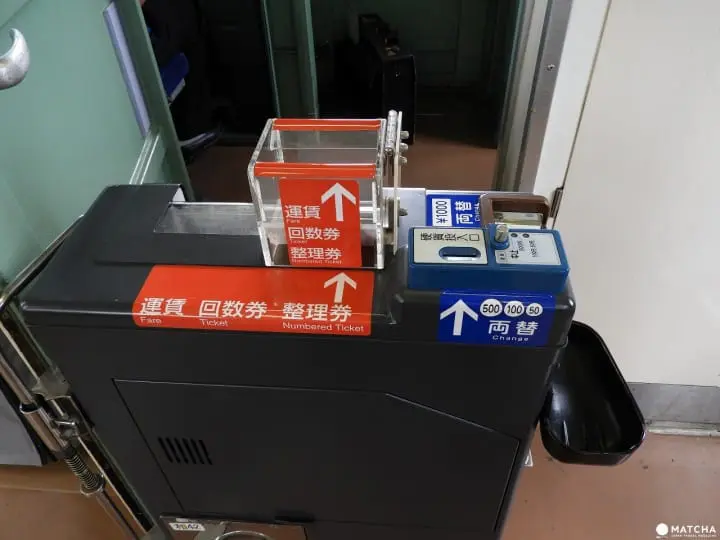
JR Sakurai Line employs a one-man operation system, and most of its stations are unmanned. Please note that only the doors on the front car will open at the unmanned stations.
Put the tickets in the box behind the driver's seat, or in the box at the station exit.
There is a shuttle bus service on weekends and national holidays, connecting Sakurai Station of both JR and Kintetsu Lines, and the "Ni no Torii" gate of Omiwa Shrine. The ride takes about twenty minutes, and the fare is 190 yen.
Sightseeing Spots near Omiwa Shrine
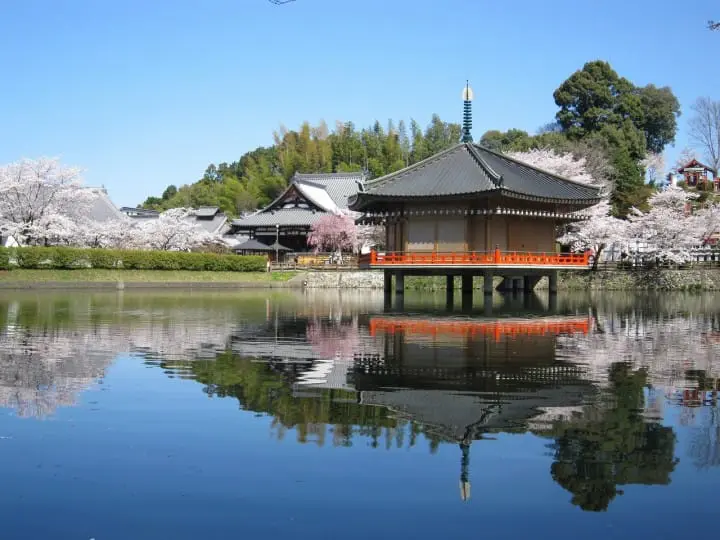
Photograph provided by Abe-Monjuin Temple
Abe-Monjuin Temple, which was built in 645 A.D., and Tanzan-Jinja Shrine, which boasts the world's only wooden thirteen-storied pagoda, can be reached from Sakurai Station, which is the next station on the JR Sakurai Line.
Hasedera Temple, famous for its beautiful flowers, is also located in Sakurai.
If you have the chance, visit these places of ancient history.
** The fare and travel times in this article are from official sources and are accurate as of July 2017. Please note that they are subject to change.
Written in cooperation with Ohmiwa Jinja.
Hotels near Omiwa Shrine
奈良生まれの旅好きライター。日本の魅力を世界の人々に伝えていきたいです。



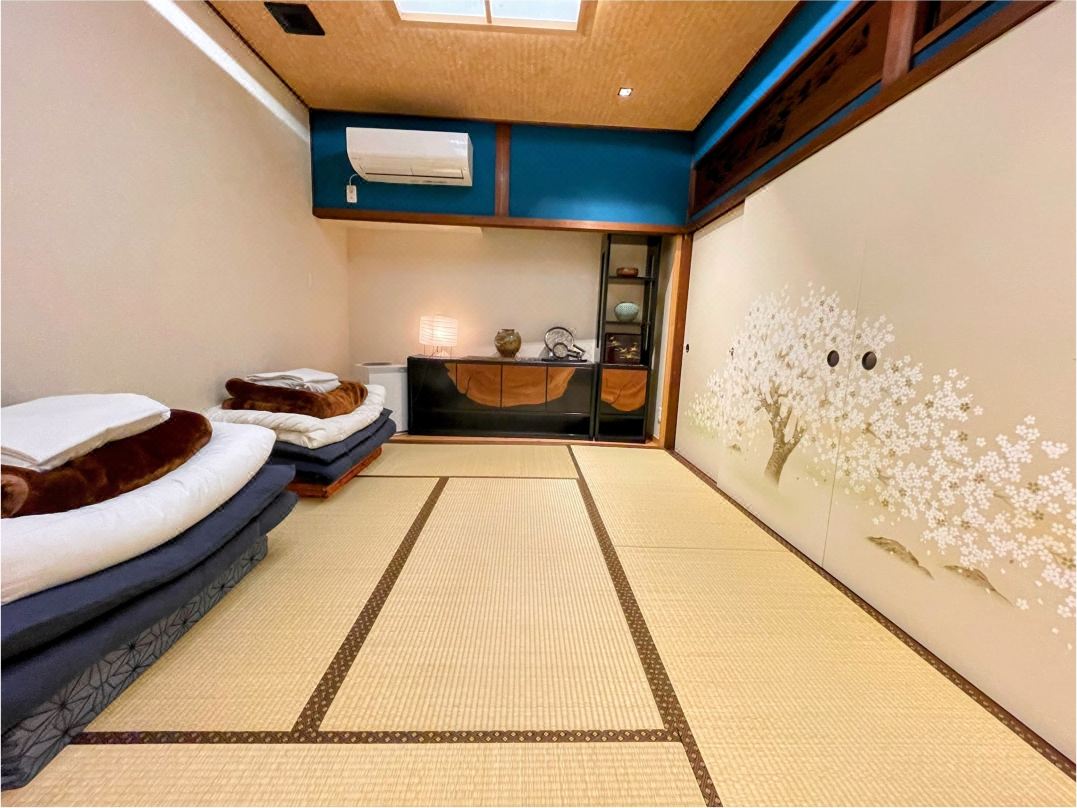

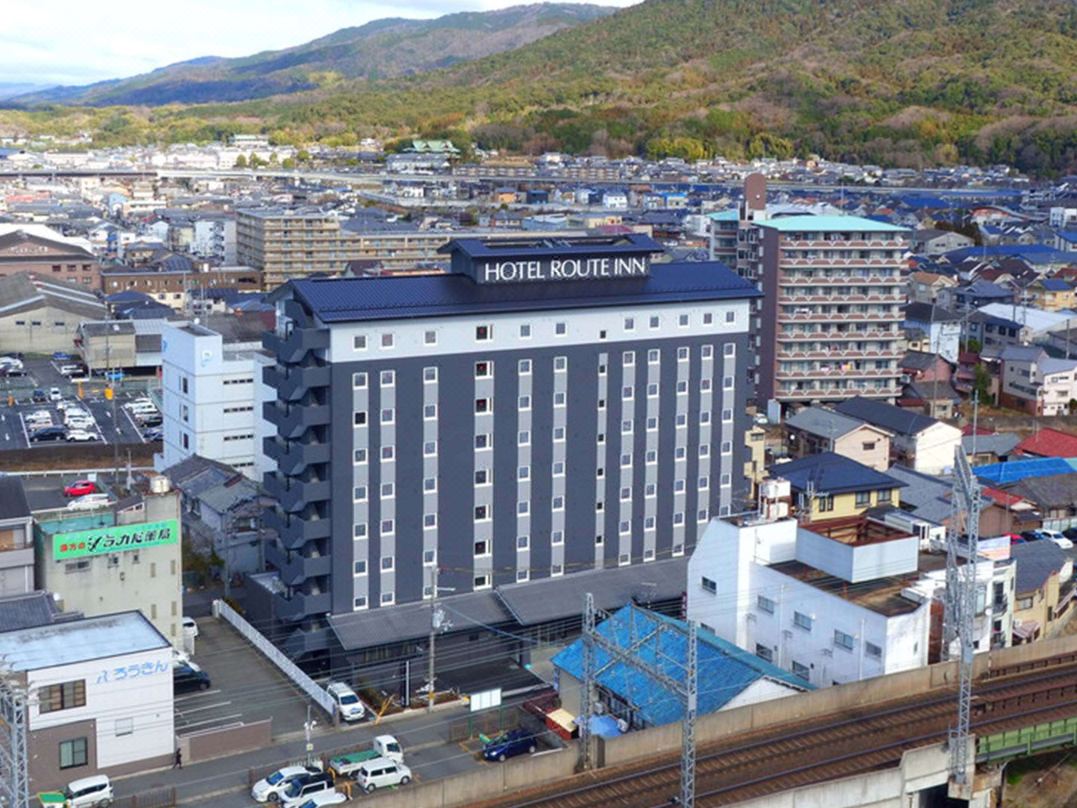
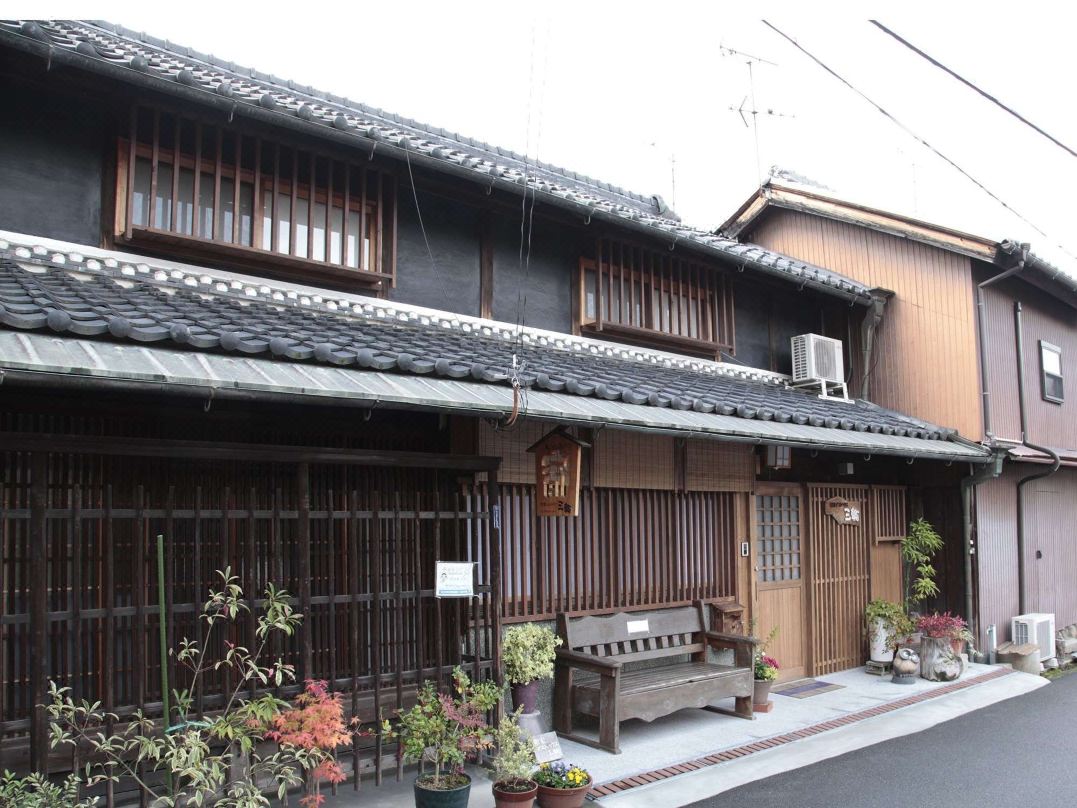


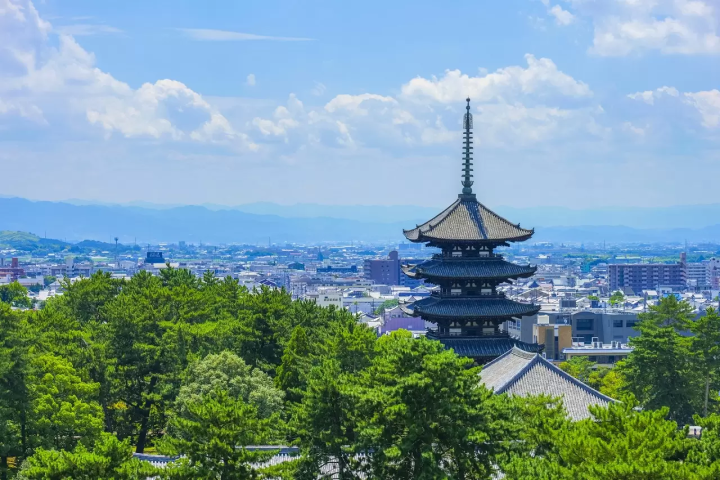

![[Open on December 20th and 21st] Free admission to Ikoma Sanjo Amusement Park, just 45 minutes from Osaka](https://resources.matcha-jp.com/resize/720x2000/2024/08/28-194409.webp)


























